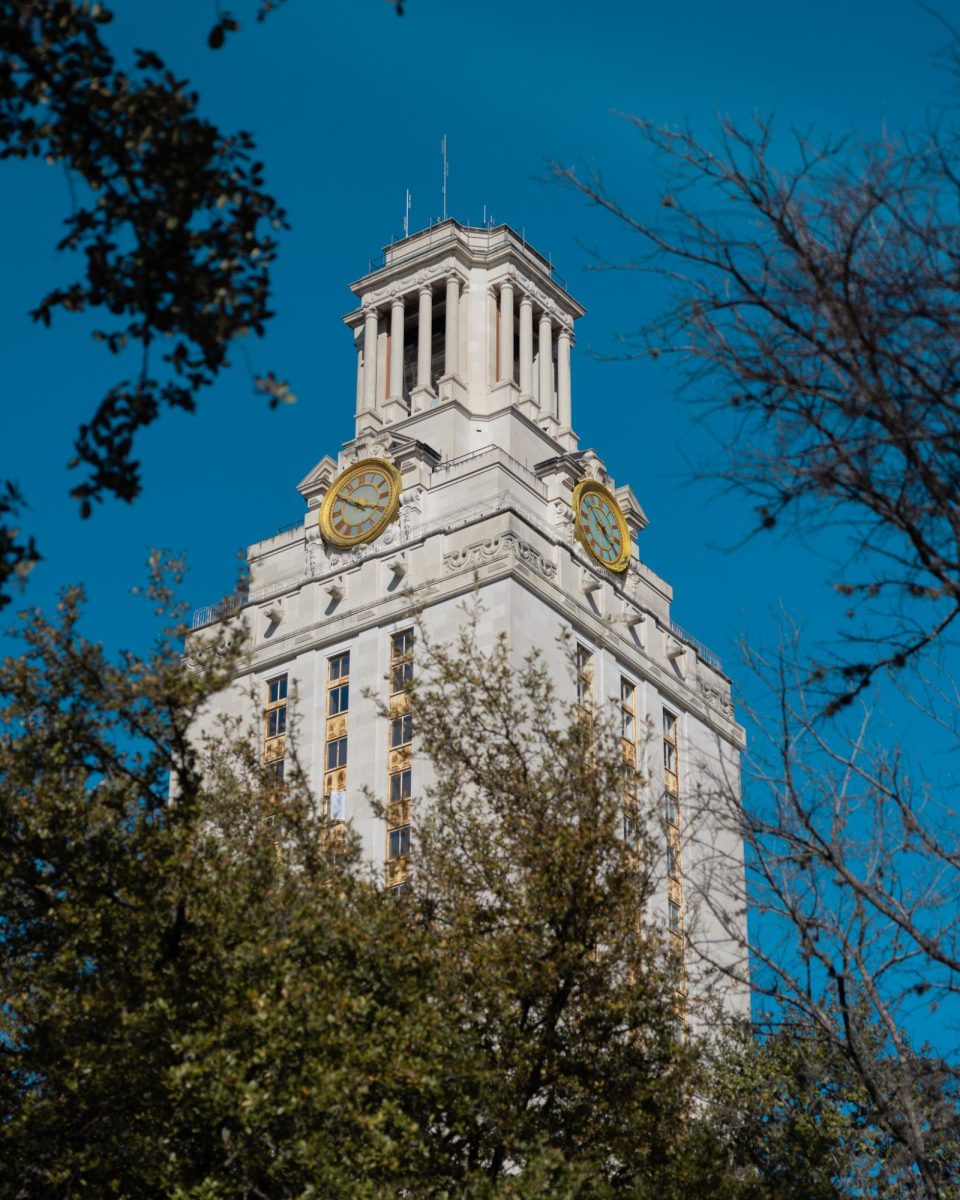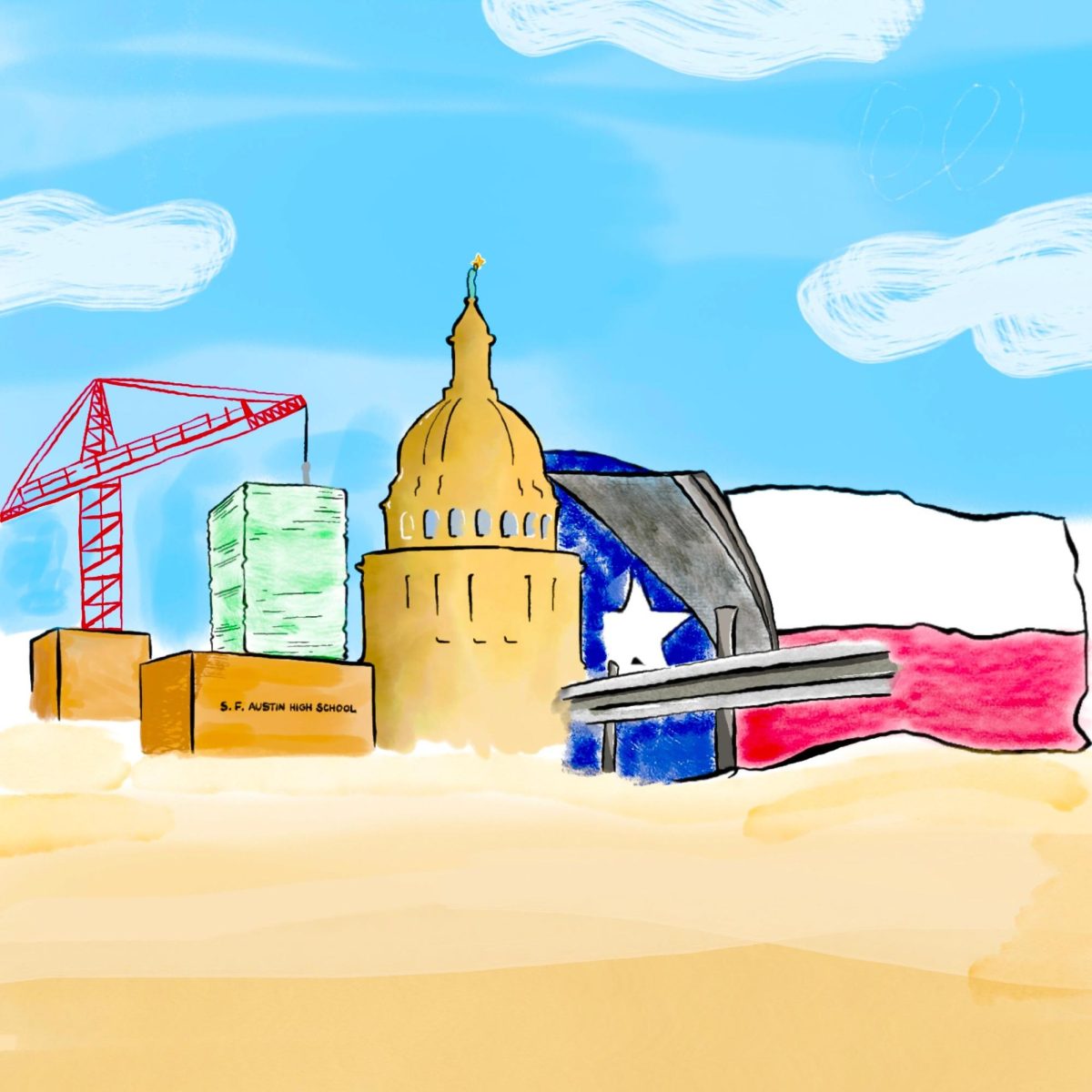Max Tribolet walks around the plane, completing tasks on a tedious list that includes testing the lights and switches in the cockpit, checking the weather and making sure the air space is clear. After finishing this, Tribolet insists that what comes after is actually the simple part — lining up the plane on the runway, getting up to a speed of 55 to 60 mph and taking off.
To receive his piloting license when he was 16, business freshman Tribolet had to find a flight school, fly at least 40 hours in a plane and pass written, practical and medical tests. The written test is 60 questions and tests the student’s knowledge of weather and flying, whereas the practical test requires that the student actually go up in a plane with an examiner to prove he or she has an overall knowledge of how to fly. To pass the medical test, pilots are required to undergo an examination from an Aviation Medical Examiner.
Though Tribolet had ambitions of flying since he was a child, no one in his family had ever taken an interest in piloting a plane before.
“Ever since I was a little kid I always wanted to fly, and the urge just never left me,” he said.
The first few times that Tribolet was actually flying the plane, though, he was scared. It was only after being in the air regularly and realizing that flying planes was actually safer than driving cars that he began to relax.
“You have a lot of freedom,” he said. “You can go in three directions since you can go up or down. It’s not like driving a car; there’s a lot more mobility.”
Although there’s much more freedom in the air, there are a few restrictions that come with a new piloting license. Because of a lack of experience, Tribolet can’t fly in clouds and is limited to single-engine planes. However, he can fly day or night and can fly with passengers.
Tribolet believes that, on a nice day, it’s not hard to fly, but when there are strong winds it can be difficult. Landing with a crosswind, for example, is demanding. This requires the pilot to alter his or her landing course and land directly into the wind. However, adapting to wind patterns is all covered in training.
“My mom was nervous [about me flying] at first, but since she’s gotten to go up, she’s seen it’s safe,” he said. “I try to be conservative [when it comes to flying].”
The danger of flying is misrepresented, and what many don’t realize is that risk of injury or death is 10 to 40 times greater in an automobile than in an aircraft, he said.
“It’s really different. The amount of people that have pilot licenses is so small, especially kids,” Tribolet said. “I got my first student pilot license three days after I turned 16, so I was actually flying a plane the same day I got my driver’s license.”
So instead of driving to his favorite restaurant, he now flies when he has the time and treats his family and friends to his favorite burger place after a scenic flight to Brenham, about 30 minutes outside of Houston. On Sunday, Tribolet took his friend Eli Arbov, a biology sophomore, up in the air to give him a taste of what piloting a plane is all about.
“I’ve always been infatuated with the idea of flying,” Arbov said. “[Tribolet] asked me to go with him because he knew I wanted to get my pilot’s license also and wanted to show me the ropes.”
Despite all of the benefits of becoming a pilot, Tribolet says he doesn’t actually want to fly for a living because of the lack of job security in the airline industry. But he still wants to maintain the hobby.
“I don’t like the long security lines or the public airports,” Tribolet said. “It’s just something I do for fun … I love the feeling of having everything right at my fingertips. I get this huge adrenaline rush from it.”











